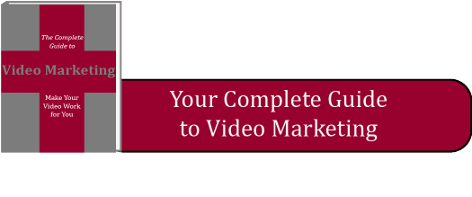Inbound marketing is a strategy that yields great returns. For a large industrial company, we were able to increase leads by over 1,200%. That is called serious ROI.
But how do you start an inbound marketing campaign? It can seem a bit intimidating, right?
That’s why we are going to do a series of blogs talking about inbound marketing and detailing how to start your own campaigns.
The first steps of your inbound marketing campaign are to select your audience and build a buyer persona.
Let’s take a look at selecting your audience.
For this exercise, let’s create a scenario. Let’s say you have an insurance company, and you are offering a whole life insurance product for people under 25.
Note: That while we are using a financial services scenario for our example, the same tenets hold true for construction or industrial or material handling, or whatever. As long as your audience meets some caveats.
Inbound marketing works best when there is:
A large investment(s) (over 2-5k+) LTV (Lifetime Value)
A longer buying timeline
For this example, people don’t rush into buying insurance (usually). You need the time to be able to show them that you are the best option and walk them through your sales funnel.
And while they may only be paying a few hundred dollars a year they are paying it for an extended period which meets our lifetime value or LTV of $2,000.
Now back to our example. Since this is an insurance product geared towards a particular demographic, you wouldn’t want to broadcast this to all of your audience and possible clients.
It is only applicable to a specific demographic. Mainly people under 25. It is also only relevant to people under 25 who need or want the security of a whole life policy.
So the first part is to frame your audience.
We already have some demographic information. Under 25. They have the need or want to make sure that their spouse or children that they want to see protected.
They also need to have the financial means to purchase this product.
We also are only probably going to target people in a certain geographic region.
All of this information is going into your buyer personae. We are going to gear our campaign to an “actual” person. Let’s call this person Whole Life Wally.
We want to know as much about Wally as we can.
- Where does he live?
- What is Wally’s occupation?
- What is his spouse’s name?
- How much does he make a year?
- Where did he go to school?
- What does he value?
Reason to Create Buyer Personas for our Inbound Marketing Campaign:
Any details that we can fill in about Wally to make him more “real” will help when we frame the message for Wally (and the rest of the audience that he represents). If we know exactly whom we are talking to we can more quickly write to their needs and express the benefits of what we are offering.
Our next top will be next week when we discuss goal setting.
Do you want to learn more about inbound marketing? You can download our checklist for your own inbound marketing campaign here.

